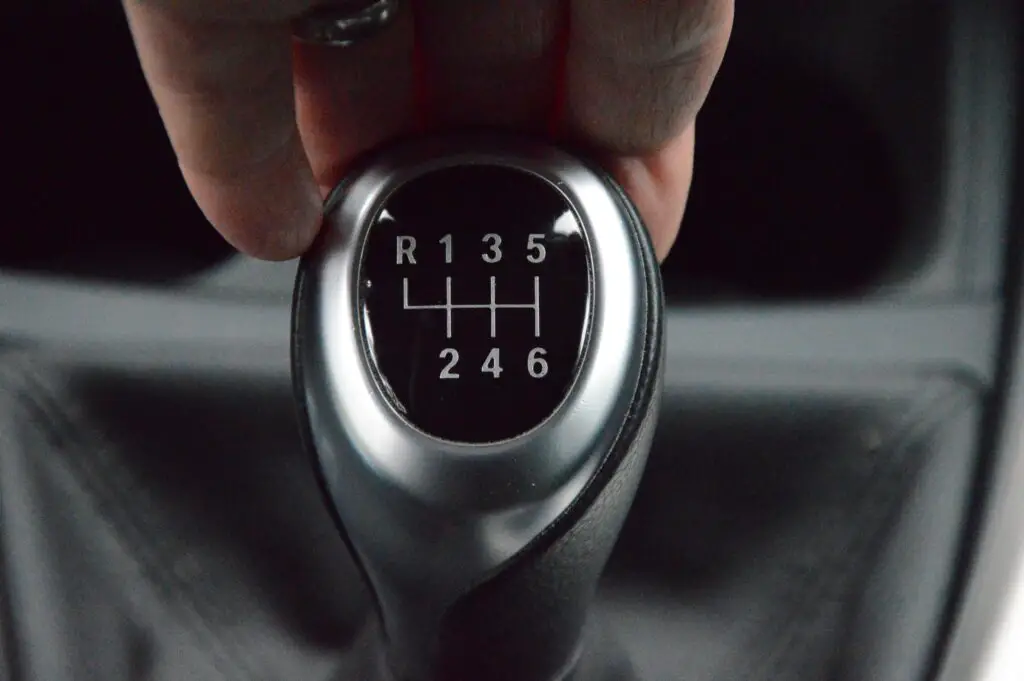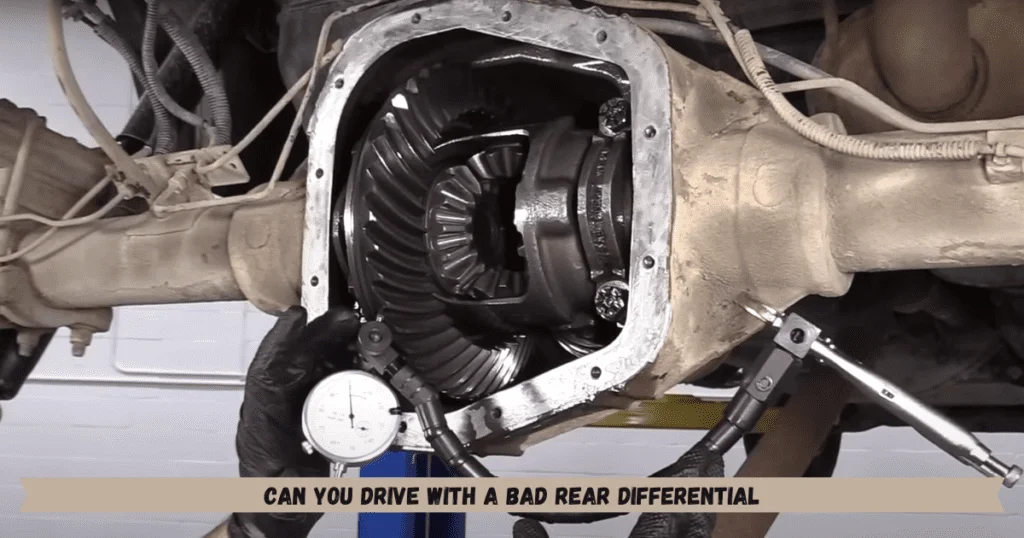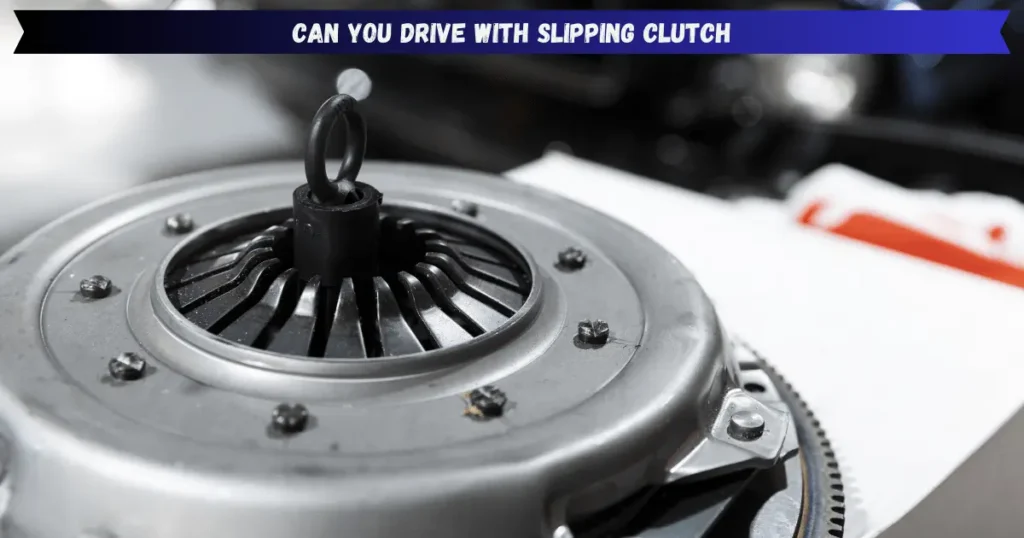You’re on the highway when suddenly your transmission starts acting up and you realize your fluid levels are dangerously low. While topping it off may seem like an easy fix, driving any further could cause catastrophic damage.
Low fluid exposes your transmission to overheating, abnormal wear, and total failure. But how low is too low? And what specific problems can you expect?
This in-depth guide explores everything you need to know about operating your vehicle with insufficient transmission fluid. Let’s get up to speed on the importance of this vital automotive lubricant.
What Role Does Transmission Fluid Play?
Before we dig into the risks of low levels, let’s review why transmission fluid is so crucial in the first place:
- Lubrication – Keeps internal components slick and friction-free
- Cooling – Regulates temperature to prevent overheating
- Hydraulics – Provides pressure for smooth gear shifts
- Cleaning – Suspends debris and prevents buildup
- Sealing – Forms seals between close-tolerance parts
- Corrosion Protection – Staves off rust inside the transmission
Without enough fluid, these jobs don’t get done, leading to serious repercussions. Checking levels regularly prevents most issues.
What Problems Can Low Transmission Fluid Cause?
Driving while low on fluid can manifest in a variety of symptoms:
Shifting Problems
The most obvious sign is difficult, jerky, or delayed gear changes. Without enough hydraulic pressure, the transmission struggles to smoothly engage gears.
Slipping Gears
Gears may briefly slip under acceleration as fluid insufficiency prevents firm engagement. This feels like you hit a patch of ice and the tires spin.
Overheating
Fluid keeps the transmission cool. Low levels lead to excess heat buildup, accelerating wear, and potential damage. Signs include burning smells or smoking from under the hood.
Unusual Noises
Low lubrication causes noisy operation, including grinding or whining when shifting. Knocking or clunking may signal excessive wear.
Check Engine Light
Sensor failures related to overheating or slippage cause error codes that illuminate the check engine light. Diagnostic scans identify the specific problem.
Leaks
Fluid leaks past worn seals and gaskets. Fresh stains under the transmission indicate an external leak requiring prompt repair.
These symptoms indicate critically low fluid levels requiring immediate action. But what exactly constitutes “dangerously low” when it comes to transmissions?
How Much Fluid Loss Is Considered Dangerous?
Most transmissions hold between 8-14 quarts of fluid. Losing just 2 or 3 quarts often creates operational problems and should not be ignored.
To understand why minor losses matter:
- Fluid level directly impacts hydraulic system pressure. Even a small drop reduces pressure for firm gear changes.
- The pump pickup tube can run dry if fluid gets too low. This instantly starves the transmission of lubrication and cooling.
- During acceleration, braking, and turns, fluid sloshes away from internal components. Low levels exaggerate this effect.
- Small debris particles that normally suspend in the fluid settle out when levels get too low, which can jam shift valves.
- Air pockets form inside the transmission as fluid recedes. This causes noisy operation and damage from cavitation.
So in summary, a loss of just 20-30% of the total fluid volume risks serious drivability and mechanical issues. Check your dipstick regularly for peace of mind.
Can You Drive With No Transmission Fluid at All?
While it’s ill-advised, some folks end up attempting to drive with bone-dry transmissions out of necessity. Here’s what typically happens:
- Within a few miles, the pump pickup runs dry causing immediate grinding and seizure.
- With zero lubrication, heat builds rapidly as metal surfaces contact and friction weld components.
- Gears, shafts, and bearings sustain heavy damage from direct metal-on-metal contact.
- Continuing to drive generates debris that circulates once new fluid is added, causing secondary damage.
- Overheating can warp steel parts and may even lead to fires in extreme cases.
Bottom line – driving without a drop of fluid is a surefire way to ruin your transmission in mere minutes. The repair cost quickly eclipses the cost of a tow truck.
Can Low Fluid Cause Check Engine Light or Reduced Power?
Absolutely. Here’s how insufficient fluid triggers these warning signs:
Check Engine Light
Sensors monitor transmission temperature, hydraulic pressure, gear position, and slippage. Unusual readings from low fluid cause transmission control module fault codes to illuminate the check engine light.
Limp Mode
To prevent total failure, the transmission computer detects slippage or overheating issues and forces a reduced power “limp home” mode. This limits your speed but lets you drive gingerly to a repair shop without being stranded.
So in a sense, these warnings are blessings in disguise. Heed their alerts before you end up debris-ifying your transmission in a cloud of gray powder and metal shavings.
Does Low Fluid Affect Gas Mileage and Performance?
Fuel economy and overall performance do suffer when transmission fluid levels fall:
- Slipping between gears wastes acceleration power.
- Running hot decreases the fluid’s lubricating properties.
- Stuck valves and clogged filters increase parasitic drag.
- Gears lose their tight clearances from abnormal wear.
- Loss of hydraulic pressure prevents firm shift timing.
Combined, these issues allow more power loss through the drivetrain. You ultimately end up burning more fuel to achieve the same speeds.
Low fluid also impacts pulling power for hauling and towing. Transmission components lose strength over time when deprived of cool lubrication.
Can You Safely Drive With Low Transmission Fluid?
Technically you can drive short distances with moderately low fluid levels if you are in an emergency:
Where driving is unavoidable:
- Stick to essential trips only.
- Drive slowly and gently with minimal acceleration.
- Constantly monitor fluid levels and temperature.
- Stop immediately if any slipping, smoke, or warnings occur.

This only applies when levels are moderately low with fluid still on the dipstick. Never drive with severely low or no fluid showing on the gauge.
To avoid damage:
- Schedule repairs immediately.
- Consider getting towed to the shop.
- At least the top of the fluid to minimize further wear.
- Determine if the transmission needs flushing or seals replaced.
So in summary, driving with low fluid is never recommended, even for short distances. The smartest move is to identify and repair the root cause before resuming normal operation.
How to Check Transmission Fluid Levels
Since low fluid levels are so detrimental, checking the dipstick regularly provides valuable peace of mind:
Steps to check transmission fluid:
- Ensure the engine is warmed up to operating temperature first. Cold fluid level readings are inaccurate.
- Park on a level surface. Shut off the engine. Engage the parking brake.
- Pull the transmission dipstick, wipe it clean, and reinsert it fully.
- Pull it out again and check the fluid level. It should fall within the hot zone on the dipstick.
- Top off carefully if required. Overfilling can cause issues as well. Refer to your owner’s manual for specifics.
- Recheck levels after topping off to ensure accuracy.
Get in the habit of inspecting transmission fluid at every oil change or fuel stop. Just 60 seconds can save you a huge repair bill and breakdown.
Frequently Asked Questions
Let’s recap the key takeaways to fully understand the risks:
Is it bad to drive with low transmission fluid?
Yes, driving with low fluid can overheat and damage the transmission. Loss of lubrication and hydraulic pressure causes accelerated wear and failure.
How many miles can you drive with low transmission fluid?
Driving even just 10-15 miles on very low fluid risks major damage. Top it off immediately to be safe.
What color should transmission fluid be?
Most transmission fluids are reddish to brownish translucent colors when healthy. Black, milky, or metallic fluid indicates bigger issues.
Do transmission fluids ever need to be changed?
Yes, the fluid should be changed every 30,000-60,000 miles per manufacturer guidelines. More often for frequent towing/hauling usage.
How much does it cost to fix a transmission damaged by low fluid?
A full transmission rebuild or replacement can cost between $1800-$3500 for parts and labor. Low fluid destroys transmissions quickly.
Can you fix a slipping transmission without rebuilding it?
If caught early, you may be able to service the transmission without a full rebuild. However significant slippage usually requires a rebuild.
Conclusion
We hope this outline gives you a full understanding of why maintaining proper transmission fluid levels is so important. Even minor losses compromise the safe operation and accelerate wear.
Be vigilant about checking your dipstick regularly. And correct any low readings immediately before resuming driving. Your transmission’s lifespan depends on it!





